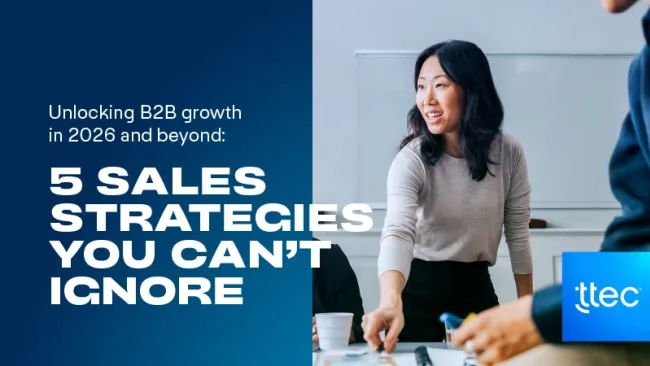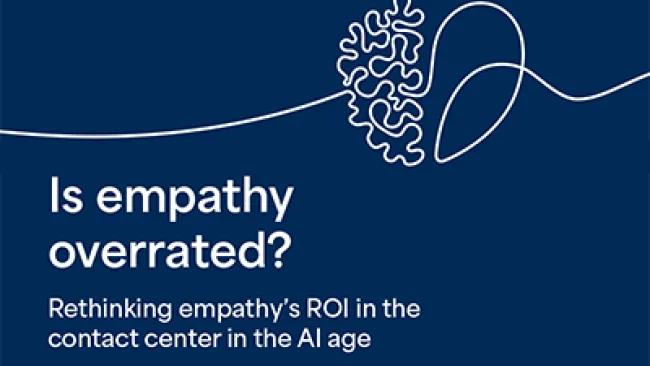It’s unquestionable that brand loyalty has suffered at a time when consumers have a multitude of product choices—but it’s hardly dead. A recent study by the research firm Brand Keys which surveyed more than 62,000 consumers between the ages of 16 and 65 on their emotional and rational ties to brands, found that brand loyalty increased on average 20 percent from 2019 to 2020 across B2C, B2B, and D2C categories.
Brand loyalty “has evolved in a more complex marketplace with more sophisticated consumers,” noted Brand Keys President Robert Passikoff in a statement. “Two decades into the 21st century the world has more complex brand and mediascapes. It’s more data-rich and technologically-intensive. Consumers are more complex, connected, and complicated. They connect with each other before even considering connecting to a brand and assess loyalty relative to how they envision an ‘ideal’ brand.”
Top 10 Brands with a 2020 Loyalty Focus
Numbers in parentheses indicate YoY increases of in-market brand loyalty.
1. Chick-fil-A (+28%)
2. Zara (+27%)
3. WhatsApp (+25%)
4. Amazon (+23%)
5. Netflix (+23%)
6. Dunkin’ (+22%)
7. Konica Minolta (+22%)
8. Vans (+21%)
9. Hyundai (+21%)
10. MSNBC (+21%)
Source: Brand Keys Customer Loyalty Engagement Index
Customer emotions and meeting expectations are key
Customer retention, premium pricing opportunities, and higher sales volumes continue to be important aspects of brand loyalty. But traditional approaches to brand loyalty no longer work. Slick advertising and new product features are not enough to capture consumers, and getting existing customers to stick around is more challenging than it has ever been.
Meanwhile, Brand Keys’ findings are in line with other studies. About 90 percent of consumers said they're equally or more brand loyal than they were a year ago, reported a 2019 survey from e-commerce marketing platform Yotpo. Sixty-one percent of respondents said they're loyal to up to five brands, while 26.2 percent said they are loyal to six to 10 brands.
So, what does drive increased brand loyalty? For several years now, analysts and industry experts have been beating the proverbial drum that the key to loyalty lies in evoking the right emotions and meeting customer expectations. “We found that emotion, how an experience makes the customer feel, has a bigger influence on their loyalty to a brand than either [effectiveness or ease] wrote then-Forrester analyst Megan Burns in 2015. “The most effective way to maximize customer value is to move beyond mere customer satisfaction and connect with customers at an emotional level,” according to a 2016 Harvard Business Review article.
We can see this trend reflected in companies that are reinventing their loyalty programs, replacing transactional perks with experiential marketing to forge an emotional connection with customers. In 2019, Gartner found that 78 percent of loyalty programs offered experiential rewards such as birthday perks and event invitations, compared to 61 percent the year prior.
What’s more, leading brands are increasingly focused on customer service and experience. In 2019, Chick-fil-A recently claimed the No. 1top spot on American Customer Satisfaction Index's annual restaurant report for the fourth year in a row.
The secret to Zara’s success has largely being driven by its ability to keep up with rapidly changing fashion trends and showcase it in its collections with very little delay. Zara’s unrelenting And Zara is known for its focus on the customer is at the core of the brand’s success and the heights it has achieved today. Zara co-creates its products, including leveraging its customers’ input. And customer trend insight flows daily into a database at its head office, which is used by designers to create new lines and modify existing ones.to guide its product design.
Brand strategist and consultant Martin Roll reported in a blog that Zara sales associates are trained to “note down customer comments, ideas for cuts, fabrics or a new line, and keenly observe new styles that its customers are wearing that have the potential to be converted into unique Zara styles.” These insights and other feedback are collected in a database for designers to tap into. The retail brand has also built sophisticated procurement, manufacturing, and distribution systems that help it stay ahead of competitors.
Another secret of Zara’s success is that the brand trains and empowers its store employees and managers to be particularly sensitive to customer needs and wants, and how customers enact them on the shop floors. Zara empowers its sales associates and store managers to be at the forefront of customer research – they intently listen and note down customer comments, ideas for cuts, fabrics or a new line, and keenly observe new styles that its customers are wearing that have the potential to be converted into unique Zara styles.
Keep your eyes on the customer
When it comes to retaining customers, brands across industries face significant headwinds. New competitors, rising customer expectations, as well as economic and political volatility all represent challenges. However, the brands that master the basics—customer focus, quality product, and empowered employees—are best positioned to ride out any storm.
















